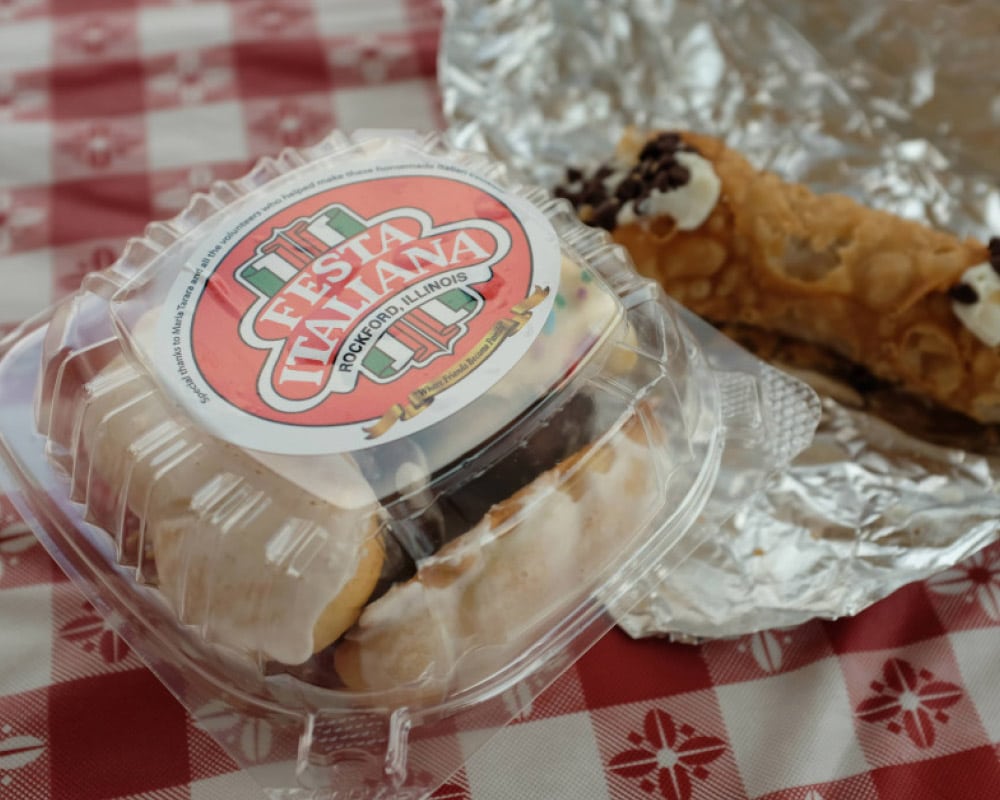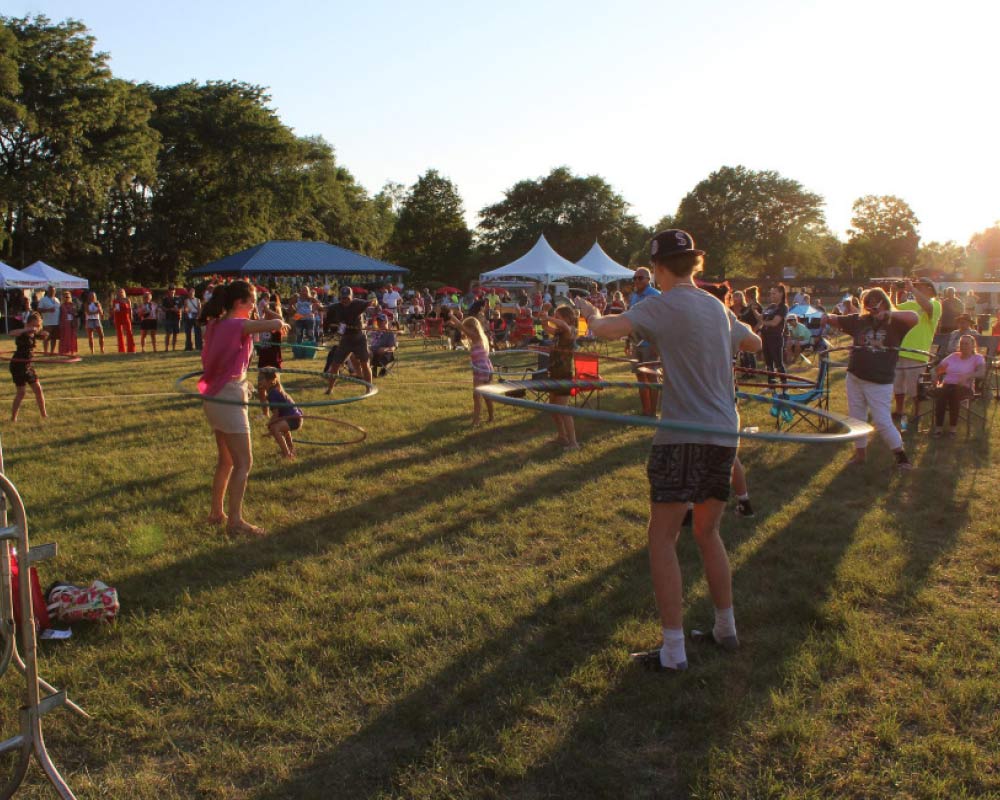Of all the myths that surround the issue of hunger, perhaps the biggest one is that it doesn’t exist. Not here, anyway. Surely not in our own backyard.
Most of us find it hard to fathom that our neighbors could be hungry.
Such was the case when Franciscan Sister Rosemarie Burian established Bethlehem Food Center in Carol Stream in 1983. Some folks told her the food center was a solution in search of a problem. But she’d worked closely enough with local families as a schoolteacher and pastoral associate to know the need for supplemental groceries was real. She also knew that thousands of pounds of edible food were being dumped into landfills by manufacturers and grocery retailers. Since our region is a food production mecca, she thought it must be possible to bridge the gap between waste and hunger.
In its first month, the Bethlehem Food Center delivered 7,000 pounds of food to neighbors facing food insecurity. Volunteers came out to help and generous businesses did their part.
Bethlehem Food Center evolved into Northern Illinois Food Bank, now headquartered in Geneva. It’s among the 15 largest food banks in the nation. Thanks to a battalion of caring volunteers and donors, it provided 80 million meals to food-insecure people last fiscal year.
“Over the past 40 years a lot has changed, but our mission remains the same: to provide nutritious food to neighbors experiencing food insecurity, with dignity, equity and convenience,” says Julie Yurko, president and CEO of Northern Illinois Food Bank.
The Food Bank operates distribution hubs in Geneva, Rockford, Lake Forest and Joliet. Food is delivered to them in bulk, sorted and then repackaged for delivery to pantries and soup kitchens.
“In the 13 counties that Northern Illinois Food Bank serves, there are 400,000 food-insecure neighbors, 100,000 of them children,” says Julia Jones, senior development officer and co-chair of the 40th anniversary committee. “That’s about one in every eight residents, one in every five children in northern Illinois. Anyone in need of a little help can access the Food Bank’s network of 900 pantries, soup kitchens and feeding programs.”
There’s no “typical” client who comes to a food pantry, Jones adds. People find themselves needing a little help for all sorts of reasons.
“Most people who access the charitable food network are employed at least part-time and are having trouble making ends meet,” she says. “So many people in northern Illinois are just a paycheck or a medical bill away from needing assistance for basic things.”
The Food Bank requires no proof of income. People don’t have to be homeless, unemployed, disabled or SNAP-qualified (Supplemental Nutrition Assistance Program, formerly food stamps) to receive food.
“Some food pantries in our network may have their own qualifications, such as living in the township or community where they operate,” says Jones. “Many have no restrictions at all.”
In many pantries, neighbors can come every week. In smaller ones, the rule may be once or twice a month.
Northern Illinois Food Bank receives about 63% of its donated food from hundreds of local and national food retailers and manufacturers like Jewel, Aldi, Schnucks, Walmart, General Mills and Del Monte. It uses cash donations to purchase about 26% of its inventory, especially fresh produce.
The Food Bank also sources food from farmers, individuals, businesses and federal government commodities.
Every $1 donation to Northern Illinois Food Bank buys $8 worth of food, says Yurko. About 97% of its resources go directly to programs that feed people.
Donations are essential, but so are volunteers. The Food Bank couldn’t function without the nearly 1,000 faithful helpers who show up each week to evaluate, repack and distribute food.
“Many people volunteer at the Food Bank for the first time with their company, maybe for a teambuilding exercise,” says Jones. “Or they may come with their church, school or service club. When you’re processing or repacking food, it’s fun to work together with friends and know you’re helping your own neighbors in your community through your efforts.”
As the Food Bank celebrates its past, it’s also sizing up the future. Earlier this year, it launched a new Food Finder map to help people connect with nearby food resources. It’s mobile-friendly, has multiple language options, has filters for days of the week and shows which pantries are open when.
“These digital tools are a game-changer in the future of food accessibility and equity in Northern Illinois and beyond,” says Yurko.
“Our hope is that we can reach more neighbors experiencing food insecurity and help them and their families get to thriving faster.”















